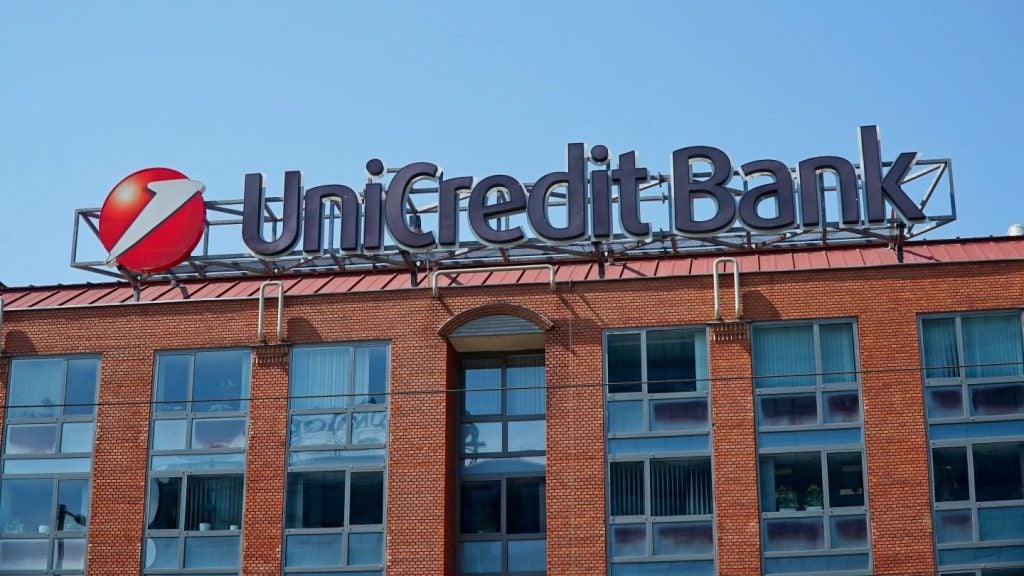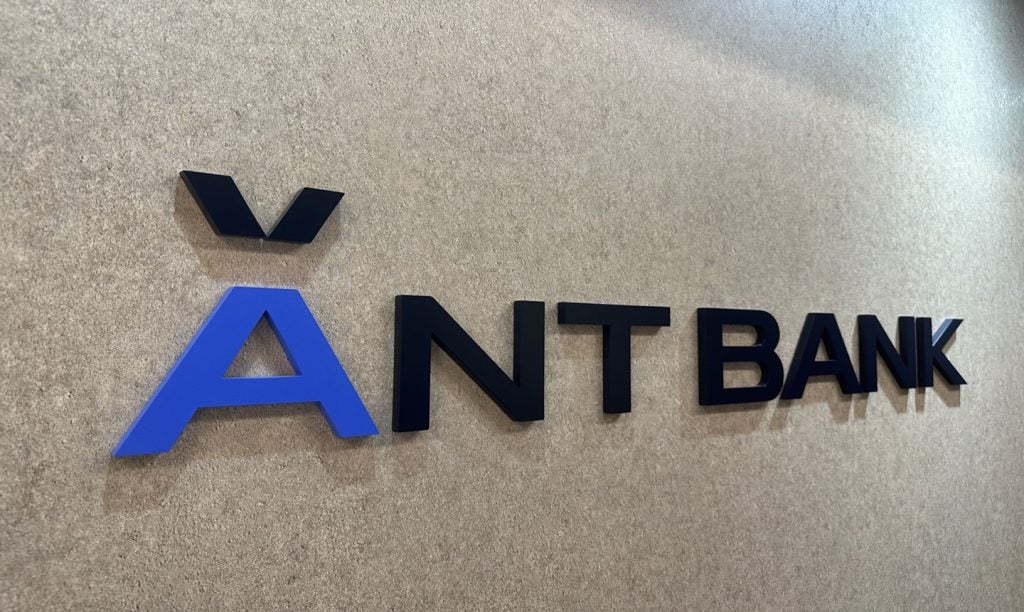The world of credit is changing. Almost overnight, retail finance has emerged – and boomed, writes Neha Mittal
In response, a wave of fintech firms have taken the lead in the consumer credit market and traditional lenders just can’t keep up. But that could all be about to change.
Retail finance has continued to see exponential demand from consumers at the point of sale but has inevitably drawn the attention of financial regulators and conduct authorities across the globe; while it may be booming, the retail finance market is currently unregulated.
Window of opportunity for incumbents
This presents a window of opportunity for traditional lenders to enter the market, as they’re simply better equipped to tread that regulatory line. Emphasis should be placed, however, on just how small this window of opportunity could be.
While they have the upper hand, banks need to act fast. The first movers in the retail finance and Buy Now Pay Later (BNPL) space have disrupted a credit industry, developed over decades, in just a few years. They have changed the way consumers access credit worldwide.
These firms may be fast, but they lack industry expertise, reputation and experience dealing with an ever-changing financial landscape. As authorities seek to regulate retail finance, banks could not only gain a foothold in this market but dominate it.

US Tariffs are shifting - will you react or anticipate?
Don’t let policy changes catch you off guard. Stay proactive with real-time data and expert analysis.
By GlobalDataThose that succeed will be the institutions that strike hard and fast.
Racing ahead of regulators
The option of interest-free instalment plans at the point of sale has been welcomed by consumers. The global retail finance market was valued at $1.2trn in 2017, which is predicted to more than double to $2.5trn next year, seeing an average growth of 20% per annum.
The speed with which this market has appeared and snowballed has meant that slow-moving banks, regulators and other authorities have been playing catch up to the fast growth fintechs racing ahead.
However, their days of making hay in an unregulated sector are coming to an end. Financial conduct authorities in the UK, EU, Australia and other countries have recognised the need for regulation of retail finance, which could see a second revolution of the credit market in just a few years – and cause a serious problem for the ill-equipped disruptors.
An opportunity for banks
Up until now, banks haven’t cashed in on retail finance. These established lenders are businesses built upon consumer trust, reliability and security – an unregulated, volatile sector undermines this long-standing reputation.
But as regulators catch up, so too can banks. Not only are they already well versed in regulatory compliance, operating in line with FCA expectations, they now find an opportunity to push ahead of disruptors as they have to re-establish their own business models in line with new regulatory frameworks.
This changes the dynamics of the market and new priorities emerge, like that of trust. While the fintech firms scramble to meet requirements, consumer loyalty returns to a place of competence. On the other side of retail finance, merchants look to partner with established lenders in an attempt to avoid unnecessary risk.
That’s not to say that new market entrants will continue to be unregulated, it is really a matter of when, not if, but the introduction of these regulations will slow them down. Therefore, the urgency for banks to act now cannot be stressed enough; an opportunity as crucial as this may not come again.
And while consumer spending on credit cards has seen an eleven per cent decrease since 2020, with BNPL spending increasing by 87% in the same period, banks can no longer afford to sit on the side lines.
But how can banks develop retail finance options at pace?
Fast entry to a fast market
While the retail finance market moves at lightning speed, technology is moving faster, and with it comes the rise of Platform as a Service (PaaS) solutions. They can be used as a conduit to take banks to market, fast, without the risk, expense and, most crucially, the time it takes to develop technology in-house.
There is a threat of these solutions taking over the customer journey, as we’ve seen time and time again when large corporations ‘partner’ with solutions and seem to disappear behind their branding. To avoid this, banks can use a white-label platform.
This puts the entire customer journey from the point of sale into the hands of lenders, and gets them into the market in a matter of months, if not weeks.
The rippling effect of regulation
The wave of retail finance regulation is slowly making its way across the globe. Following the FCA’s proposed regulations for the UK market in October this year, outlining plans to protect end customers through a Consumer Duty designed to focus on better consumer outcomes in this emerging market, several other financial authorities around the world have followed suit.
After a period of consultation with policy makers, in July of this year, the European Commission released its own proposals for BNPL regulation, by way of revisions to its 2008 Consumer Credit Directive to ‘enhance consumer rights in a world reshaped by digitalisation.’
And further afield, Australia has already introduced a self-regulated approach to the industry while in the United States, in most cases, BNPL is currently regulated by a loosely fitting combination of federal and state laws under various consumer credit regimes.
So, as retail finance regulation comes into effect worldwide, established global banks can rely on the multi-geo functionality of white-label PaaS solutions in the market too.
The second credit revolution
Revolutions typically occur decades or even centuries apart. In the world of fintech, this is accelerated at warp speed. The emergence of retail finance saw the first major revolution in the credit market, but the new regulatory crackdown will herald the second – a period of disruption for the disruptors.
If traditional lenders utilise the benefits of white-label, multi-geo PaaS solutions, they will be able to enter the market at this pivotal moment, fast, and get ahead of the current providers.
After regulation is rolled out, traditional lenders can enter the market allowing their merchants to offer reputable, trustworthy retail finance options at the point of sale and consumers will be protected. It’s a win-win-win situation – unless you’re one of the original disruptors trying to keep up with the newly regulated space.
The message is clear – if traditional lenders act fast to seize the opportunity in the wake of regulation, retail finance becomes a better credit solution for lender, retailer and consumer alike.
Neha Mittal is Interim CEO of Divido







